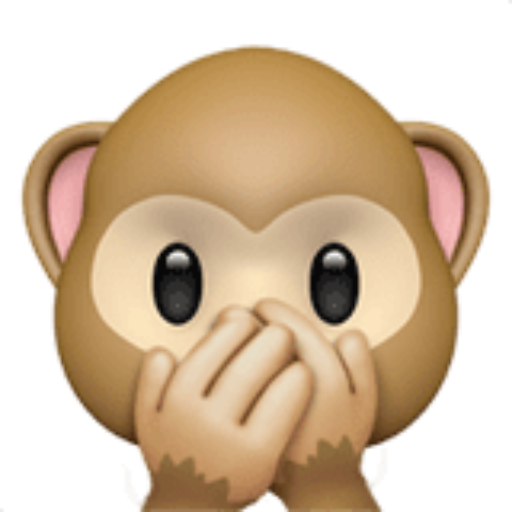美国著名程序员、博客作者和技术作家保罗·格雷厄姆(Paul Graham)在其个人网站上的长文《How to do great work》给仍然雄心勃勃的年轻人提了一些建议,适合每位对自己仍有期望的朋友反复阅读。下面是本文的第十一部分摘录:
True by itself is not enough, of course. Great ideas have to be true and new. And it takes a certain amount of ability to see new ideas even once you’ve learned enough to get to one of the frontiers of knowledge.
In English we give this ability names like originality, creativity, and imagination. And it seems reasonable to give it a separate name, because it does seem to some extent a separate skill. It’s possible to have a great deal of ability in other respects — to have a great deal of what’s often called “technical ability” — and yet not have much of this.
I’ve never liked the term “creative process.” It seems misleading. Originality isn’t a process, but a habit of mind. Original thinkers throw off new ideas about whatever they focus on, like an angle grinder throwing off sparks. They can’t help it.
If the thing they’re focused on is something they don’t understand very well, these new ideas might not be good. One of the most original thinkers I know decided to focus on dating after he got divorced. He knew roughly as much about dating as the average 15 year old, and the results were spectacularly colorful. But to see originality separated from expertise like that made its nature all the more clear.
I don’t know if it’s possible to cultivate originality, but there are definitely ways to make the most of however much you have. For example, you’re much more likely to have original ideas when you’re working on something. Original ideas don’t come from trying to have original ideas. They come from trying to build or understand something slightly too difficult.
Talking or writing about the things you’re interested in is a good way to generate new ideas. When you try to put ideas into words, a missing idea creates a sort of vacuum that draws it out of you. Indeed, there’s a kind of thinking that can only be done by writing.
Changing your context can help. If you visit a new place, you’ll often find you have new ideas there. The journey itself often dislodges them. But you may not have to go far to get this benefit. Sometimes it’s enough just to go for a walk.
It also helps to travel in topic space. You’ll have more new ideas if you explore lots of different topics, partly because it gives the angle grinder more surface area to work on, and partly because analogies are an especially fruitful source of new ideas.
Don’t divide your attention evenly between many topics though, or you’ll spread yourself too thin. You want to distribute it according to something more like a power law. Be professionally curious about a few topics and idly curious about many more.
Curiosity and originality are closely related. Curiosity feeds originality by giving it new things to work on. But the relationship is closer than that. Curiosity is itself a kind of originality; it’s roughly to questions what originality is to answers. And since questions at their best are a big component of answers, curiosity at its best is a creative force.
仅靠“真实”本身当然不够。伟大的想法必须既真实又新颖。并且,需要某种程度的能力,才能在你已经学到足够知识走到知识的前沿之后,看到新的想法。
在英语里,我们用“原创性”、“创造力”和“想象力”等词来描述这种能力。给它一个单独的名称似乎是合理的,因为它确实在某种程度上是一种单独的技能。一个人在其他方面可能具有很强的能力——所谓的“技术能力”,但在这方面却没有太多。
我从来不喜欢“创作过程”这个词组。它让人以为创造是个过程,但原创性其实是一种思维习惯。有原创思维的人无论专注于什么,都会不断产生新的想法,就像角磨机不断打出火花一样。这是他们的天性所致,无法自控。
如果他们专注的东西是自己不太懂的,那么这些新想法可能不会很好。我认识的一个最有原创思维的人,在离婚后决定专注于约会。他对约会的了解程度差不多就是平均15岁少年的水平,结果当然非常丰富多彩。但这种原创思维和专业知识分离的例子,让我更清楚地看到了原创思维的本质。
我不知道培养原创思维是否可行,但肯定有方法可以最大限度地发挥你现有的原创思维。例如,当你在研究或理解某事时,你更有可能产生原创想法。原创想法并非来自刻意追求原创,而是来自探索稍微高深一点的事物的过程。
谈论或者写下你感兴趣的东西,是产生新想法的好方法。当你试图用语言表达想法时,遗漏的想法就像空缺,吸引着你的大脑把它调出来。的确,有一种思考只能通过写作完成。
改变环境也有帮助。如果你去新的地方,常常会有新的想法。旅行本身就容易产生想法。但你不一定非得远行,本地小郊游也可达到这个效果。
在话题空间游荡也很有帮助。如果你探索更多不同的话题,你会有更多新想法,部分原因是给思维的角磨机提供了更大的作用面积,部分原因是比喻常常是新想法的重要来源。
但是不要均分注意力在太多话题上,那样你就分散太薄。你应该按某种更类似幂律分布的方式分配关注。对几个话题保持专业性的好奇心,对更多话题保持临时性的好奇心。
好奇心和原创性有密切关联。好奇心以提供新鲜事物的方式滋养原创性。但关系比这更密切。好奇心本身就是一种原创性,对问题的作用差不多就是原创性对答案的作用。由于最好的问题包含了重要的答案成分,最好的好奇心就是一种创造力。

发表回复